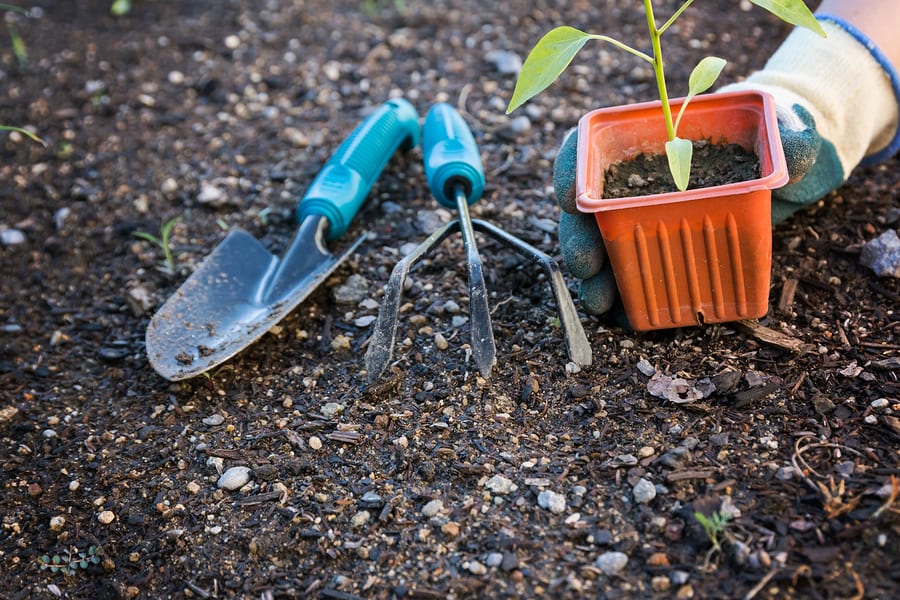Freshly picked vegetables and herbs which are home grown are more nutritious and much tastier than the store-bought vegetables. It could also be a very rewarding and fun activity for the whole family. We have put together some tips on how to grow your own vegetables and herbs. Here are some tips:
Location
Sun is one of the most important keys to a successful vegetable garden. Most vegetables require full sun so it is recommended to avoid areas shaded by structures or larger trees. The area should have soil with good drainage, so water does not puddle. The ideal soil type would be rich and loamy, but with the addition of proper organic matter, poor soils can be productive as well.
Timing
For the most part, there are two different classifications of vegetables for when they are to be planted, cool-season and warm- season.
- Cool- season vegetables: Examples of these are beets, broccoli, brussel sprouts, cabbage, carrots, cauliflower, collard greens, garlic, kale, leeks, lettuce, onions, peas, radish and spinach. These will do best when the daytime temperatures are around 60-65 degrees F. They can take some light frost. The time to plant would be from late March to early May and harvest would be late June until the heat of the summer kicks in. To obtain a fall harvest, a second planting of cool season vegetable can be planted in mid August for a late October to November harvest.
- Warm- season vegetables: Examples of warm season vegetables would be beans, cantaloupe, cucumbers, eggplant, okra, peppers, pumpkin, squash, sweet corn, tomatoes, watermelon and zucchini. They can not tolerate frost and enjoy temperatures that are between 65-80 degrees F. Being as we can still get freezing nights in early May, we would recommend not planting these vegetables outdoors until after May 15th. Even after then, it is still recommended to watch the night time weather incase young plants need to be covered.
Soil Preparation
Using good soil for planting will return better yields and healthier plants. The optimal pH of the soil used should be between 6.2 and 6.8. A soil test can be easily taken to determine where tour soil measures up. If the pH is below 6.0, it is recommended to apply lime and organic matter such as compost or dehydrated cow manure to a depth of 6 to 8 inches and mix in. Try to rake the soil smooth and break up large lumps of soil.
Care Tips
- An organic vegetable fertilizer can be applied every 4-6 weeks to promote growth and good health.
- Thorough, less frequent watering about two to three times a week would be optimal if there is no rainfall. Too much watering can cause disease and insect problems.
- Organic mulch can be applied to keep the soil cooler, conserve water and prevent weeds.
- Some of the larger, upright vegetables will need to be supported by staking. Examples of these would be tomatoes, eggplants and peppers. Peas, beans and cucumbers will grow well on a trellis or chain link fence.
- With most vegetables, constant harvesting will result in more productivity. Basically the more you harvest, the more will be produced.





